Your cart is currently empty!
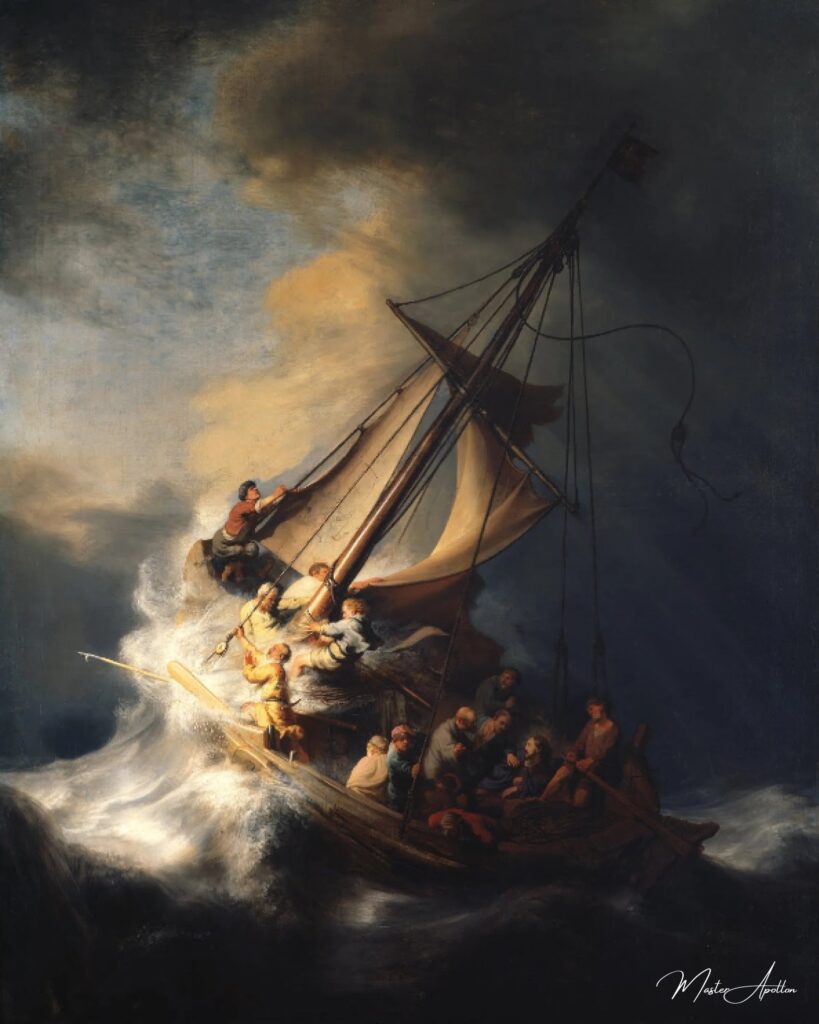
Christ in the Storm on the Sea of Galilee – Rembrandt van Rijn
This exquisite oil painting reproduction of “Christ in the Storm on the Sea of Galilee” by Rembrandt van Rijn is a masterpiece that will bring a touch of elegance and sophistication to any space. Crafted with the highest quality materials and meticulous attention to detail, this reproduction captures the essence of the original artwork with stunning accuracy.
The skilled artisans who painsta…
Analysis of Rembrandt van Rijn’s “The Storm on the Sea of Galilee”
Rembrandt van Rijn’s The Storm on the Sea of Galilee is a masterful rendering of a pivotal biblical moment, rich in both artistic and cultural significance. Painted in 1633, this oil-on-canvas masterpiece exemplifies Rembrandt’s remarkable talent for storytelling through his unique command of light and composition. The painting not only captures a moment of divine intervention but also reflects the broader artistic trends of the Dutch Golden Age. Despite its current absence due to its infamous theft from the Isabella Stewart Gardner Museum in 1990, The Storm on the Sea of Galilee continues to leave an indelible mark on the art world and popular culture.
Religious Representation
At its core, The Storm on the Sea of Galilee represents a narrative from the Gospel of Mark (Mark 4:35-41). In this passage, Jesus and his disciples encounter a sudden and violent storm while crossing the Sea of Galilee. As the disciples panic and struggle to keep their boat from capsizing, Jesus remains calm and eventually rebukes the storm, commanding it to be still. The painting’s depiction of this miraculous event is both dynamic and poignant, capturing the contrast between human fear and divine serenity.
Rembrandt, like many artists of the Dutch Golden Age, frequently engaged with religious themes, though he did so in ways that were distinctly personal and innovative. Unlike the more stylized and rigid religious compositions of earlier periods, Rembrandt’s work is grounded in human emotion and realism. In The Storm on the Sea of Galilee, we see the disciples’ terror as palpable and relatable. Their faces, contorted with fear, reflect the very human struggle to comprehend the divine. Jesus, positioned to the right, remains serene, embodying the power of faith in the midst of chaos. The religious undertones are subtle yet profound, offering viewers a moment of introspection about faith, salvation, and human vulnerability.
Artistic Skill and Innovation
What sets The Storm on the Sea of Galilee apart is Rembrandt’s exceptional use of composition, light, and narrative. The painting is a masterclass in tension and balance. The turbulent sea dominates the lower half of the canvas, with waves crashing violently against the fishing boat. The disciples’ frantic struggle against the elements adds to the drama, creating a chaotic sense of movement. Meanwhile, the low horizon line emphasizes the vastness of the stormy sky, heightening the sense of danger and insignificance of the boat within nature’s fury.
Rembrandt employs tenebrism, a technique characterized by stark contrasts between light and dark, to dramatic effect in this work. The light source seems to come from Christ, highlighting his central role in the narrative. His calmness stands in sharp contrast to the chaos around him, drawing the viewer’s eye toward the miracle at the heart of the scene. Rembrandt’s use of light is not only symbolic but also technical, guiding the viewer’s gaze across the composition and reinforcing the emotional weight of the story.
In terms of influences, Rembrandt’s composition echoes elements from earlier works of religious art, particularly a print by Adriaen Collaert after Maerten de Vos. However, Rembrandt’s version is uniquely his own. The chaotic yet controlled nature of the composition reflects Rembrandt’s deep understanding of human emotion and his ability to translate that into visual form. This painting also reflects the growing popularity of Dutch seascapes during the early 17th century, although Rembrandt’s religious focus sets it apart from more conventional seascape paintings of his time.
Historical Significance and Loss
Painted in 1633, The Storm on the Sea of Galilee holds a special place in Rembrandt’s oeuvre, as it is his only known seascape. This makes the painting not only a unique work in Rembrandt’s body of work but also a significant piece within the history of Dutch Golden Age art. During this period, Dutch painters began to explore new subjects, including landscapes and seascapes, as a reflection of the Netherlands’ growing naval power and influence. While many Dutch seascapes of the time celebrated maritime prowess, Rembrandt’s painting is distinct in its religious focus, adding a deeper layer of meaning to the genre.
The painting became part of the Isabella Stewart Gardner Museum’s collection in 1898, purchased by the museum’s founder for $6,000. Its inclusion in the collection cemented its status as a masterpiece of Dutch art. However, the painting’s historical significance took a darker turn in 1990 when it was stolen in a notorious art heist. On March 18, two thieves disguised as police officers entered the museum and stole thirteen works of art, including The Storm on the Sea of Galilee. The painting was crudely cut from its frame, and its whereabouts remain unknown to this day. This theft represents a profound loss not only for the Gardner Museum but also for the global art community. The empty frame remains on display at the museum, serving as a haunting reminder of the fragility of cultural heritage.
Cultural Impact
Despite its absence, The Storm on the Sea of Galilee has continued to captivate the public imagination. The painting’s dramatic subject matter and its mysterious theft have inspired countless references in popular culture. It has been featured in literature, such as Peter L. Bernstein’s Against the Gods, and in music, including Tenth Avenue North’s album The Struggle. The heist itself has been the subject of numerous documentaries and television shows, including episodes of The Blacklist, Sneaky Pete, Iron Fist, and Cobra Kai.
Moreover, the painting has inspired artistic reinterpretations, with artists and scholars reflecting on the themes of loss, faith, and the enduring power of art. The theft, while tragic, has paradoxically increased the painting’s visibility, embedding it even more deeply in cultural consciousness. The unsolved nature of the heist has led to speculation and intrigue, making The Storm on the Sea of Galilee not just a masterpiece but also a symbol of the enduring allure of art and its capacity to evoke emotion, even in its absence.
Conclusion
Rembrandt’s The Storm on the Sea of Galilee stands as a testament to the artist’s unparalleled ability to convey both the drama of a biblical narrative and the deeper, more universal themes of faith and human emotion. Through his innovative use of light, composition, and storytelling, Rembrandt captures a moment of divine intervention with stunning realism and emotional depth. The painting’s theft has only amplified its cultural significance, turning it into a symbol of loss and the continuing search for stolen heritage. As we reflect on this missing masterpiece, we are reminded of the powerful ways in which art can transcend time, space, and even absence, continuing to inspire and move us generations later.
Rembrandt van Rijn
Rembrandt van Rijn was a masterful Dutch Golden Age painter and printmaker, renowned for his innovative use of light and shadow, emotional depth, and masterful portraiture, making him one of the greatest artists in history.
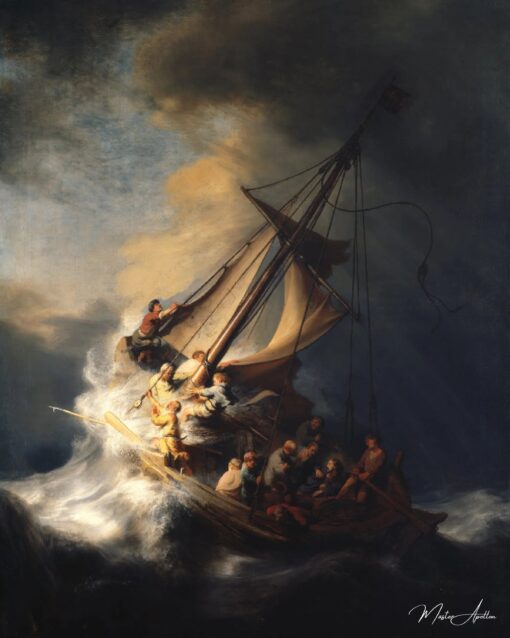
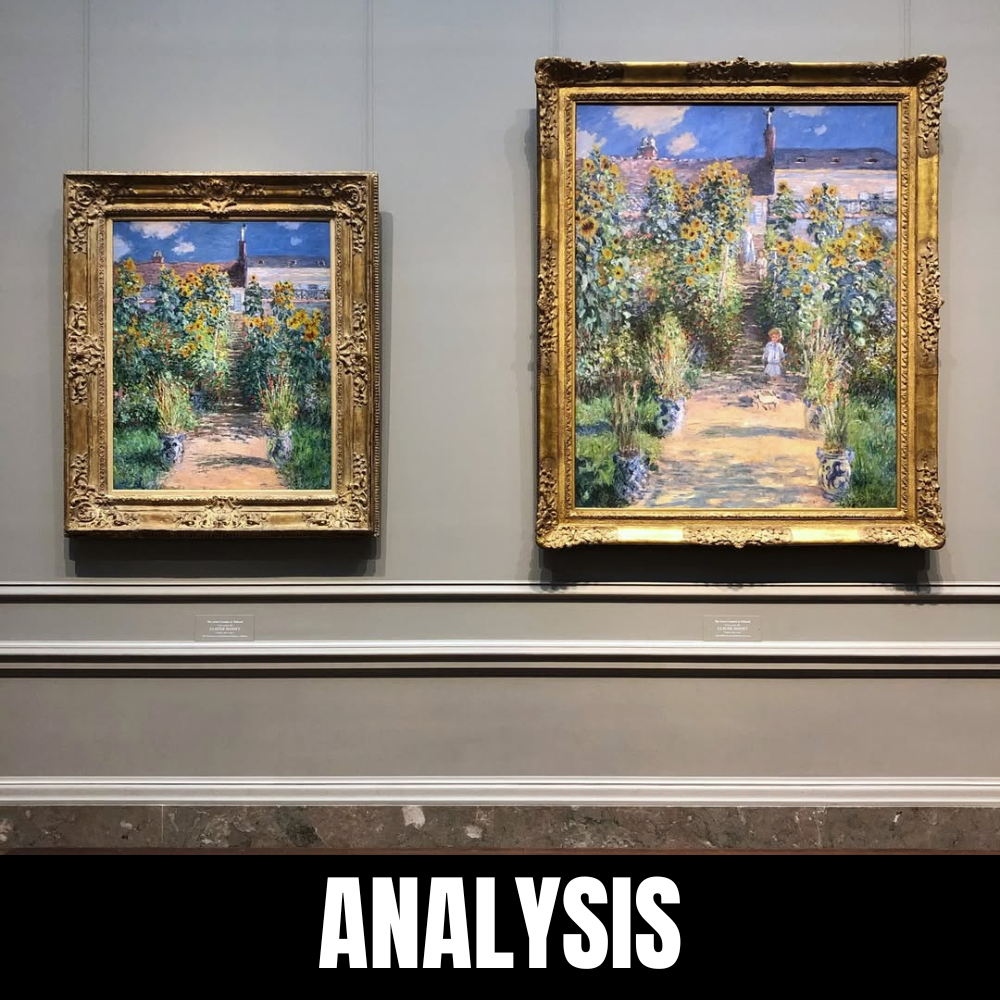
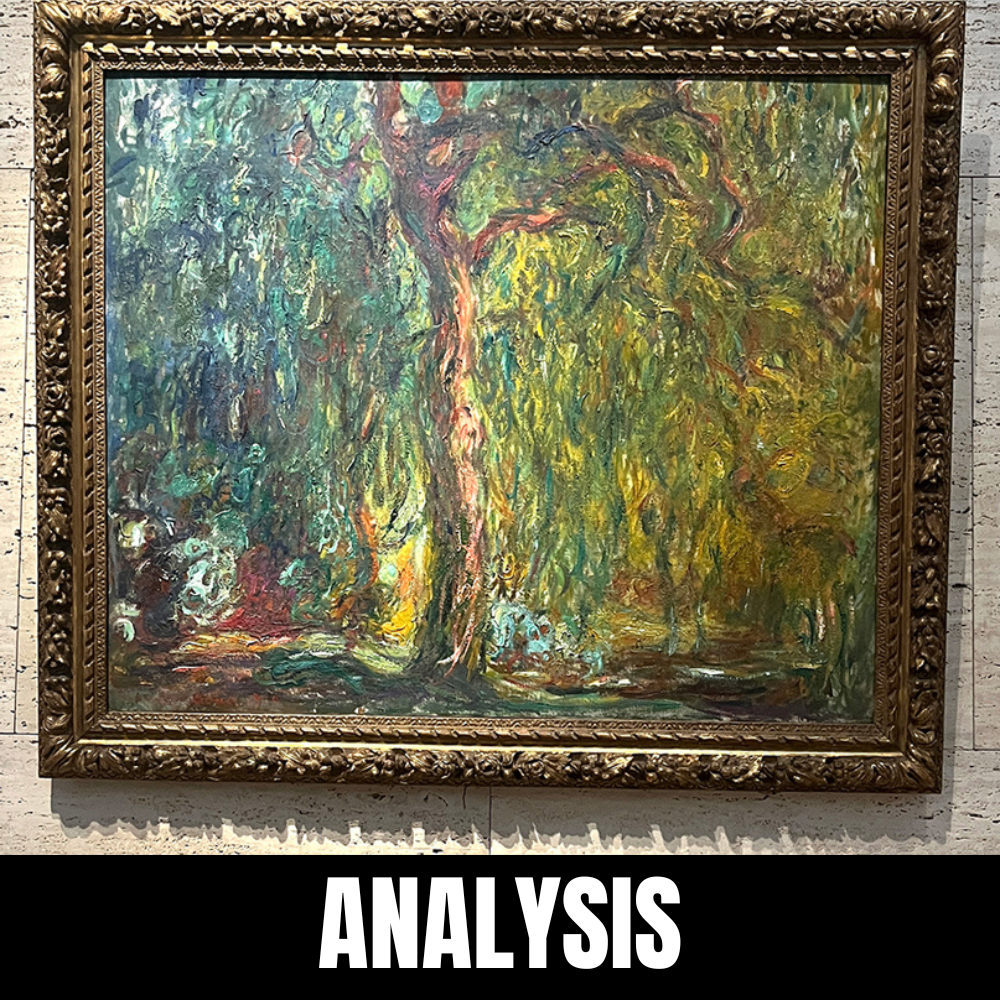
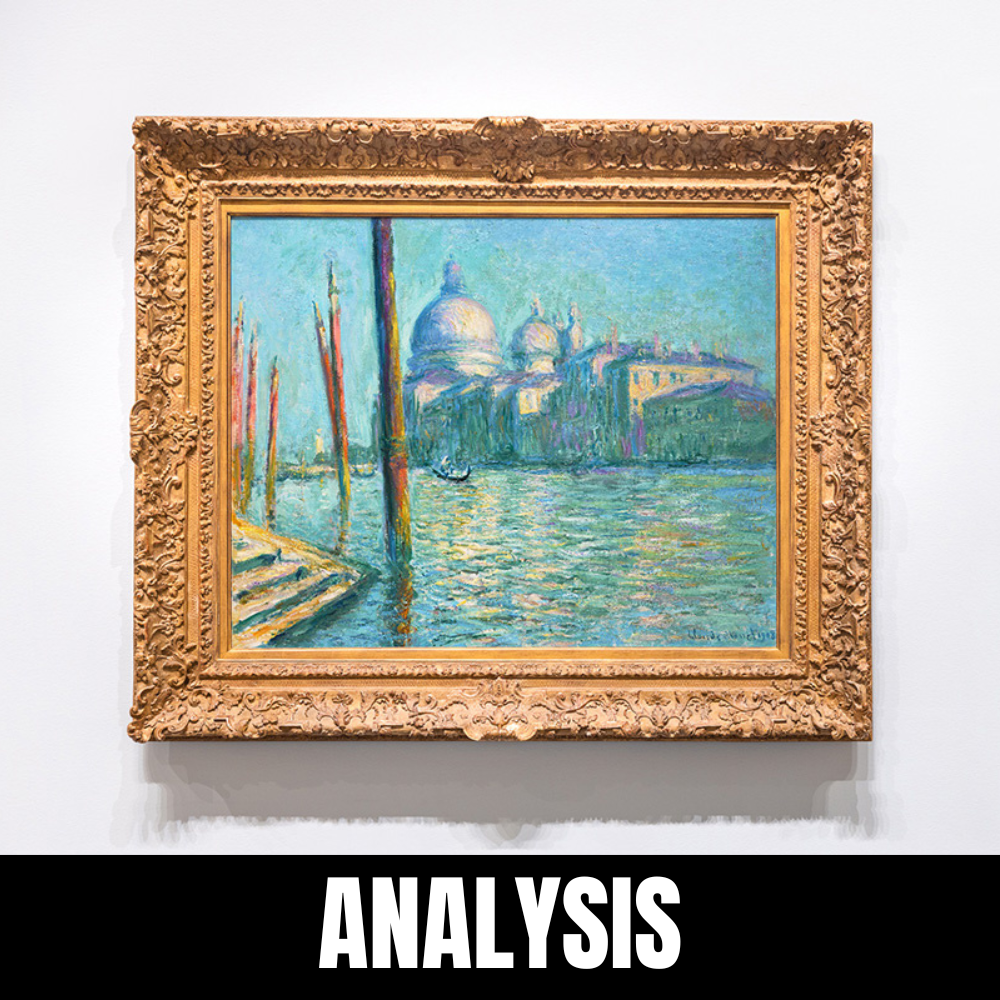
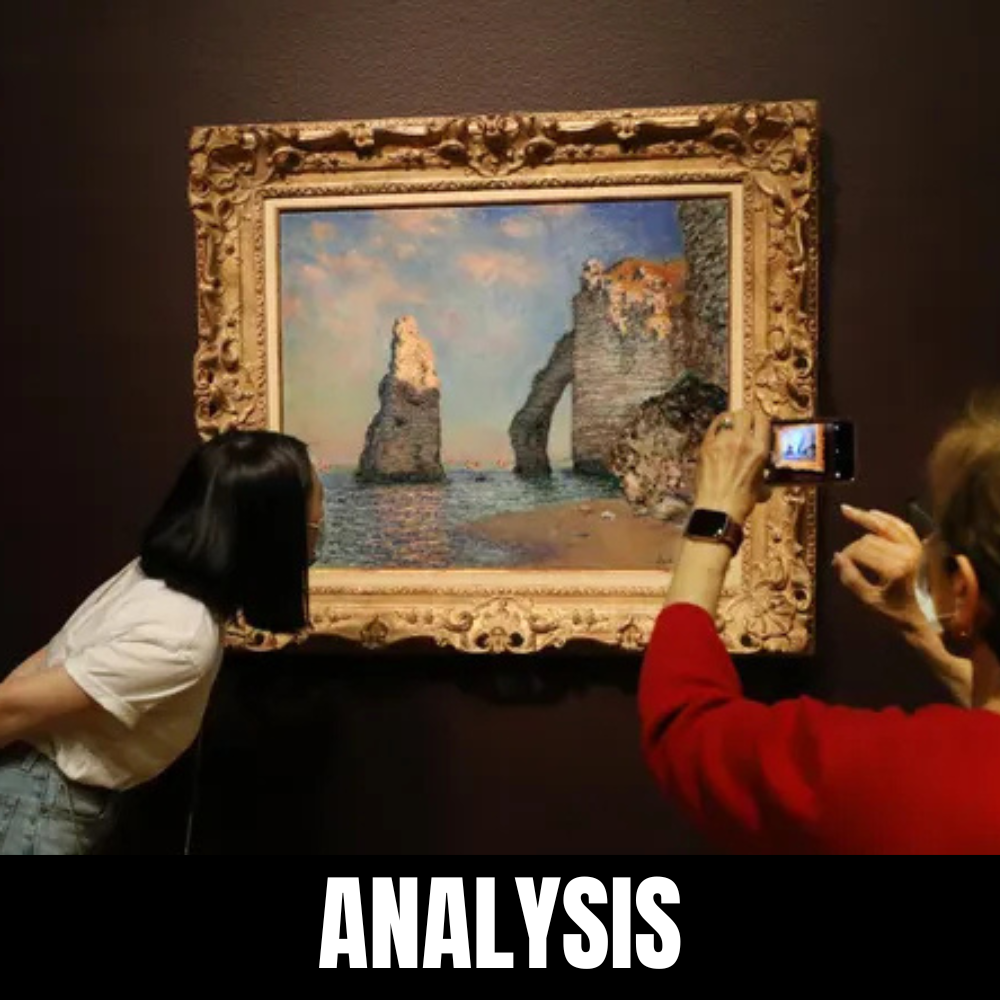
Leave a Reply